Scrapped plans, Salzburg, small details: How the AXA Training Centre was designed
A traffic-free drive from Melwood to Kirkby takes around 15 minutes.
But the journey completed by Liverpool Football Club this month – to bring together first team and Academy operations on the latter site, with the new AXA Training Centre – was one of wide-ranging global research, development and collaboration over more than four years.
The Reds’ new day-to-day home represents the final product of the many inter-connected requirements and ideas, as well as multiple sources of design inspiration, that have fed into the huge undertaking.
Ultimately, one vision lay at the heart of the whole process: to provide a world-class, industry-leading base for Liverpool’s current and long-term ambitions.
“Since I have been at Liverpool there has been a desire for us to all be on the same site,” sporting director Michael Edwards told Liverpoolfc.com. “To be honest, I think many people before me wanted the same thing and now we have been lucky enough to deliver that.
“The other key reason was to make sure that we were giving our players and staff up-to-date, world-class facilities.
“Melwood is a great place to work, with some great memories for all those people that have worked there, but we needed more space and the chance to include all the things our players and staff need to fulfil their roles on a daily basis.”
The result is a 9,200sqm base that features three full-size pitches, goalkeeping and warm-up areas, and state-of-the-art indoor facilities including two gyms, a sports hall, pool, hydrotherapy complex and specialist sports rehabilitation suites.

Jürgen Klopp, his staff and the players officially move into the AXA Training Centre today, bringing an end to the Reds’ 70-year stay at Melwood and settling into an environment crafted to continue their success.
Work towards the new training ground began to gather pace back in mid-2016, when initial plans were drawn up by the contracted architects, KSS, and subsequently presented to Edwards shortly after his appointment as the club’s first-ever sporting director.
Melwood, the club’s training home since 1950, was still headquarters for the steady revolution being overseen by Klopp and his backroom team, a hub of analysis, preparation, problem-solving and togetherness. A place for commiseration and celebration.
But the West Derby complex was simply too small to accommodate the needs of a first-team set-up growing in size and expanding its objectives. The Reds would have to move.
KSS soon presented blueprints to the club for feedback but a decision was taken to shelve those original plans in favour of relaunching the design project anew, for two key reasons.
Firstly, it was deemed imperative for the architects to engage more closely with the various departments at Melwood and – given the new base would be their working environment to maximise – understand their specific needs from a football perspective.
Secondly, the club wanted to conduct a benchmarking review of training ground innovations and best practices in this country, across Europe and in the United States.
There was a hurdle, though: time. An alternative plan would have to be produced within three months. Research began quickly.
Edwards and Academy director Alex Inglethorpe travelled to Brighton & Hove Albion and Tottenham Hotspur’s training grounds – the other two bases in England designed by KSS, which had been completed in 2014 and 2012 respectively – for a first-hand look at what was possible and improvable in conjunction with the London-based company.
Liverpool liaised especially closely with Red Bull Salzburg, the champions of the Austrian Bundesliga for the past seven seasons and a club with a stellar reputation for recruiting and developing elite players, including the Reds’ own Naby Keita, Sadio Mane and Takumi Minamino.
During extensive conversations with senior staff, architects and designers at Salzburg, their much-admired facility in Liefering – the Red Bull Academy – made a hefty impression on the visitors from Merseyside and became a reference point for the look and feel of the AXA Training Centre.
Its abundant natural light, spacious corridors, open offices and use of glass, wood and concrete provided a template that was subsequently shaped and tweaked to Liverpool’s own culture and needs in Kirkby.
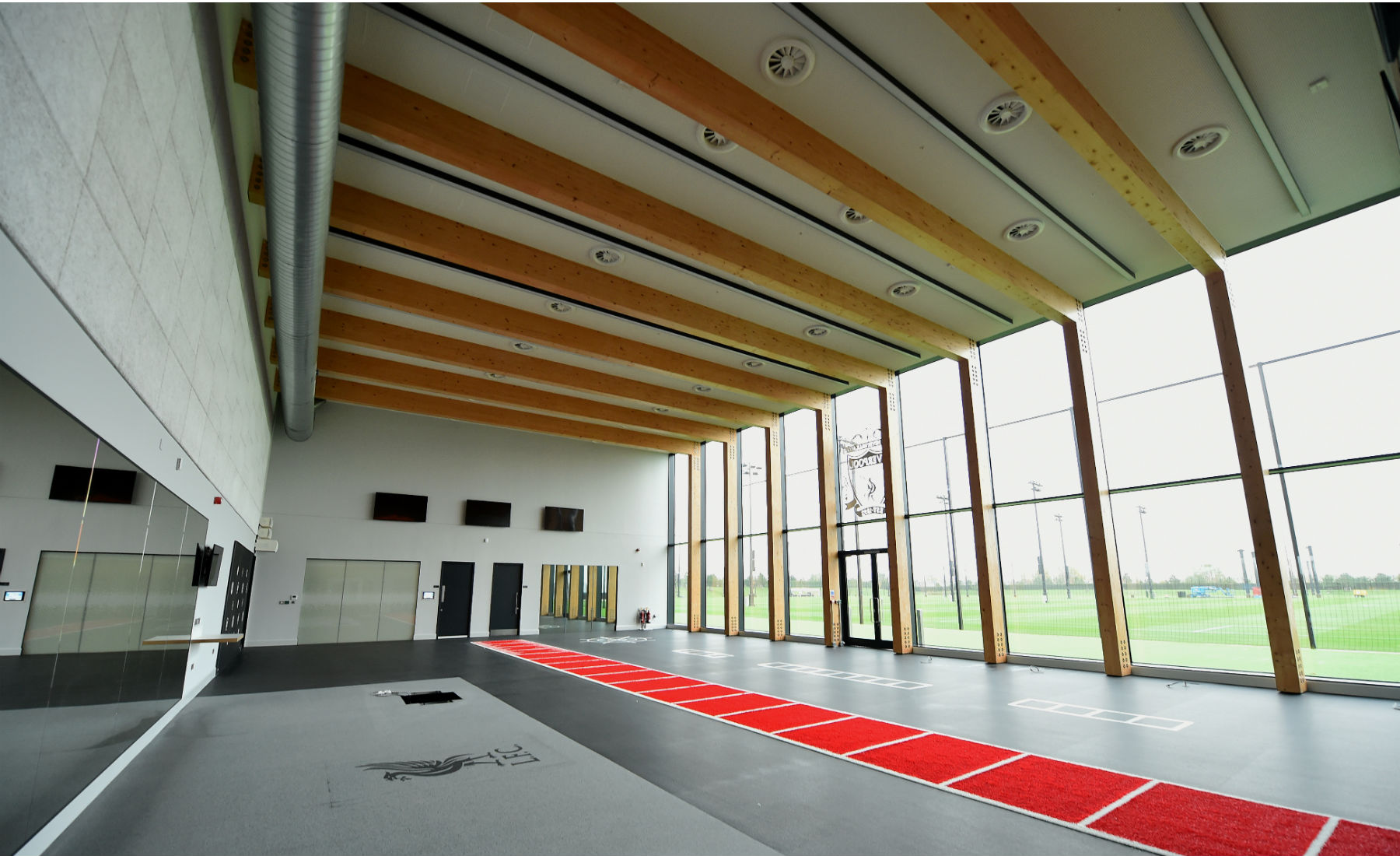
The Reds examined the approach of Bundesliga outfit Hoffenheim, too, and conducted virtual tours of training centres in America across several sporting disciplines.
Back at home, meanwhile, KSS drilled into the detail at Melwood, regularly meeting with each of the departments that make up Liverpool’s football operation to compose a wish list for their future HQ. Their input was critical to the process, ensuring each space at the AXA Training Centre would be optimal for the people working within it.
A busy three months ended with a design concept established and after receiving planning approval for the development from Knowsley Metropolitan Borough Council, the club ‘broke ground’ at Kirkby to begin the building process in September 2018.
The next phase of the process was managed by Martin Jennings from the club’s capital projects department, as building contractors McLaughlin & Harvey set about creating Liverpool’s vision.
“There have been so many people on site that you wonder how they are all managed and sequenced to make sure the build runs smoothly,” explained Edwards.
“That’s where Martin Jennings comes in really, I have a huge amount of respect for the job he has done in making sure the reality matches the plans. It’s not easy to balance so many stakeholders and to hit their expectations, especially when a few of them are trying to win football matches at the same time.”
Jennings’ primary link at Melwood was David Woodfine, an ex-naval officer and former head of analysis at West Ham United who joined the Reds as scouting co-ordinator.
In recent years, however, Woodfine’s efficiency in organisation and planning was identified as an ideal fit for wider football projects, too. So, when the vast challenge of moving the entire first-team squad and staff from one site to a completely new one arose, he was the man to handle it.
The pair worked tirelessly with KSS to turn drawings on a page into the structural reality of a training centre not only fit to house the world champions now, but futureproofed for the generations to follow them.
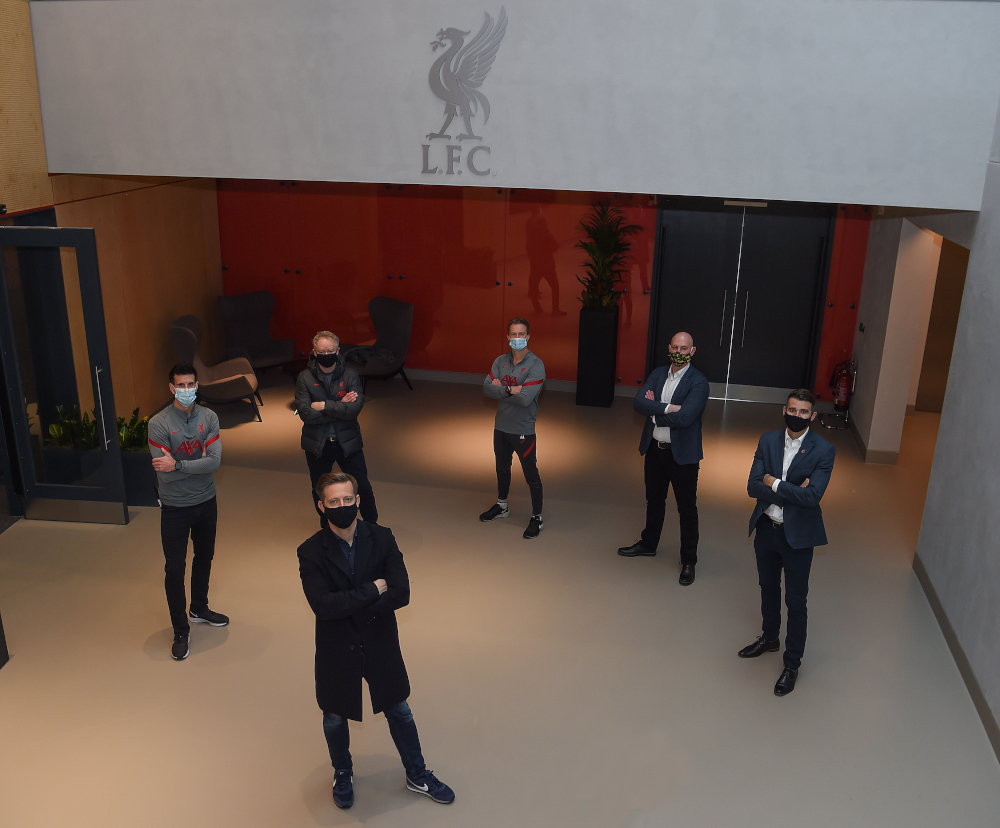
The team behind the AXA Training Centre: (Left to right) Rich Carpenter, Andy Hughes, Michael Edwards, Alex Inglethorpe, Martin Jennings, David Woodfine.
This image was taken before current national COVID-19 restrictions were in place.
“I would like to say a special thanks to David – or Woody as he’s known here,” said Edwards. “Woody is our scouting co-ordinator, but more recently he has been in charge of football projects, this being his biggest one to date.
“Woody is probably one of the most detailed people I know, he loves process and order, so making sure that people’s requirements were met and communicated correctly to the training ground committee was vital.
“In something like this there are also a thousand small decisions to make. A lot of the time, Woody would be able to make those decisions for us because he knows the way I work, knows the way Jürgen and his staff work, and has worked in football himself for a long time so is able to give a football perspective to an architect, planner or builder.
“I’d also like to thank Alex Inglethorpe for his role on the committee and for balancing the first-team needs with the needs of the Academy boys. Alex always has a good perspective on things, he’s a deep thinker and always has the best interests of the young players at heart, so his input has been equally vital.”
Every aspect of the AXA Training Centre has been designed to promote excellence and deliver elite performance.
Three full-size pitches pristine enough to be used as bowling greens provide an expanse of grass for Klopp and his staff to work with the squad.
A dedicated goalkeeping space has also been created, along with two head-tennis areas and a 30x30m Astroturf pitch for smaller ball exercises.
Inside the building, a state-of-the-art gym features floor-to-ceiling glass views out onto the training pitches and contains all of the free weights and machines a player needs to remain in top condition.
There are rehabilitation areas, an altitude room to aid fitness, and a hydrotherapy area including a swimming pool and hot and cold pools for recovery.

The indoor facility previously used at Melwood has been recreated in the centre of the complex, with an adjoining U23s gym and space reserved for a Peloton.
Physios have increased room to work with players recovering from injury, while there are designated presentation spaces for team meetings and video analysis, and a world-class kitchen to meet the nutritional needs of professional athletes.
As they were at Melwood, the walls at the AXA Training Centre are adorned with imagery acknowledging and celebrating the club’s greatest moments, tributes to those who have sat in the dugout, and a Champions Walk proudly listing Liverpool’s honours.
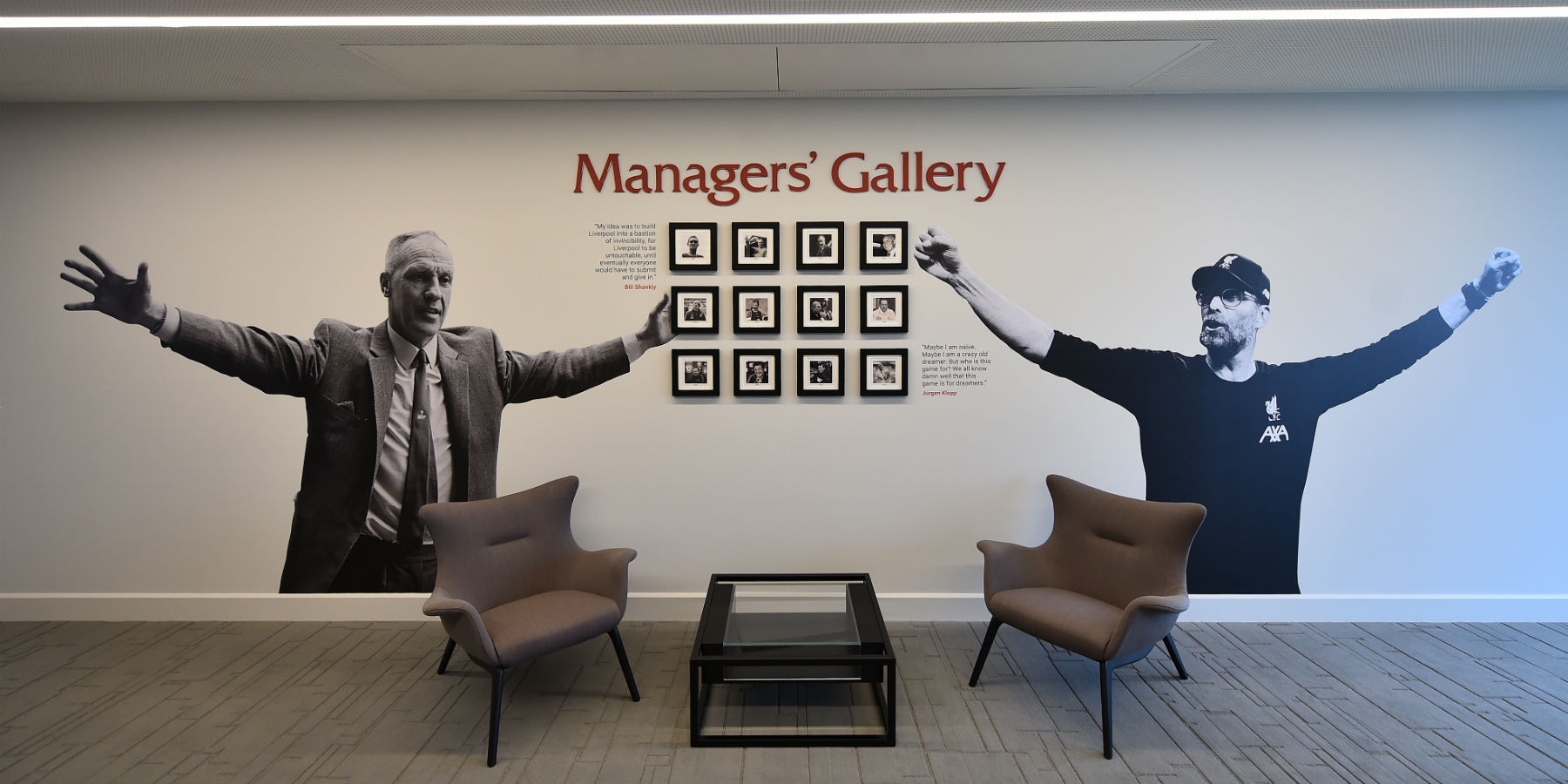
“The flow of the building was also important to me, I wanted to make sure the walkways we have at Melwood translated to the new building,” said Edwards.
“The fact that the players can walk up the main stairs and still walk past and pop in to see Jane [Griffiths, head of player care], or Ray [Haughan, general manager – first team operations], or Jürgen or me, is important. I believe that helps with the feeling of togetherness and support, so we were keen to keep as much of those elements as possible.”
Also making the move to Kirkby is the paddle tennis so popular among the coaching staff, with two courts built to provide a competitive-but-fun bonding environment away from football.
In recent years, the physical gap between Melwood and the Academy – and the pathway of players between them – was bridged by people.
Inglethorpe joined the Reds as U21s manager in November 2012 and has gone on to serve as Academy director since August 2014, a period that has seen a stream of youngsters gain first-team opportunities and the club win a first FA Youth Cup for 12 years.
Pepijn Lijnders, who started life with Liverpool by taking charge of the U16s in Kirkby, later assumed the position of first team development coach, a role created specifically to support the elevation of players into the senior set-up.
After Lijnders returned from a spell in charge of NEC Nijmegen to become assistant manager to Klopp, in came Vitor Matos as elite development coach to help emerging starlets flourish, while Julian Ward also contributes to the progress of each individual with loan pathways part of his remit.
By any measure, their work has proved successful.
See, for example, Trent Alexander-Arnold, the Scouser who used to peek through the walls at Melwood, honed his abilities through the age groups at the Academy and then won the Champions League and Premier League before his 22nd birthday.
Recall that Youth Cup triumph in 2019, the image of a teenage Curtis Jones with a Premier League winner’s medal or, more recently, Rhys Williams comfortably stepping in to top-level European football.
Now, the removal of the actual distance between separate senior and youth bases means the AXA Training Centre will organically offer even greater motivation to the club’s aspiring talents.
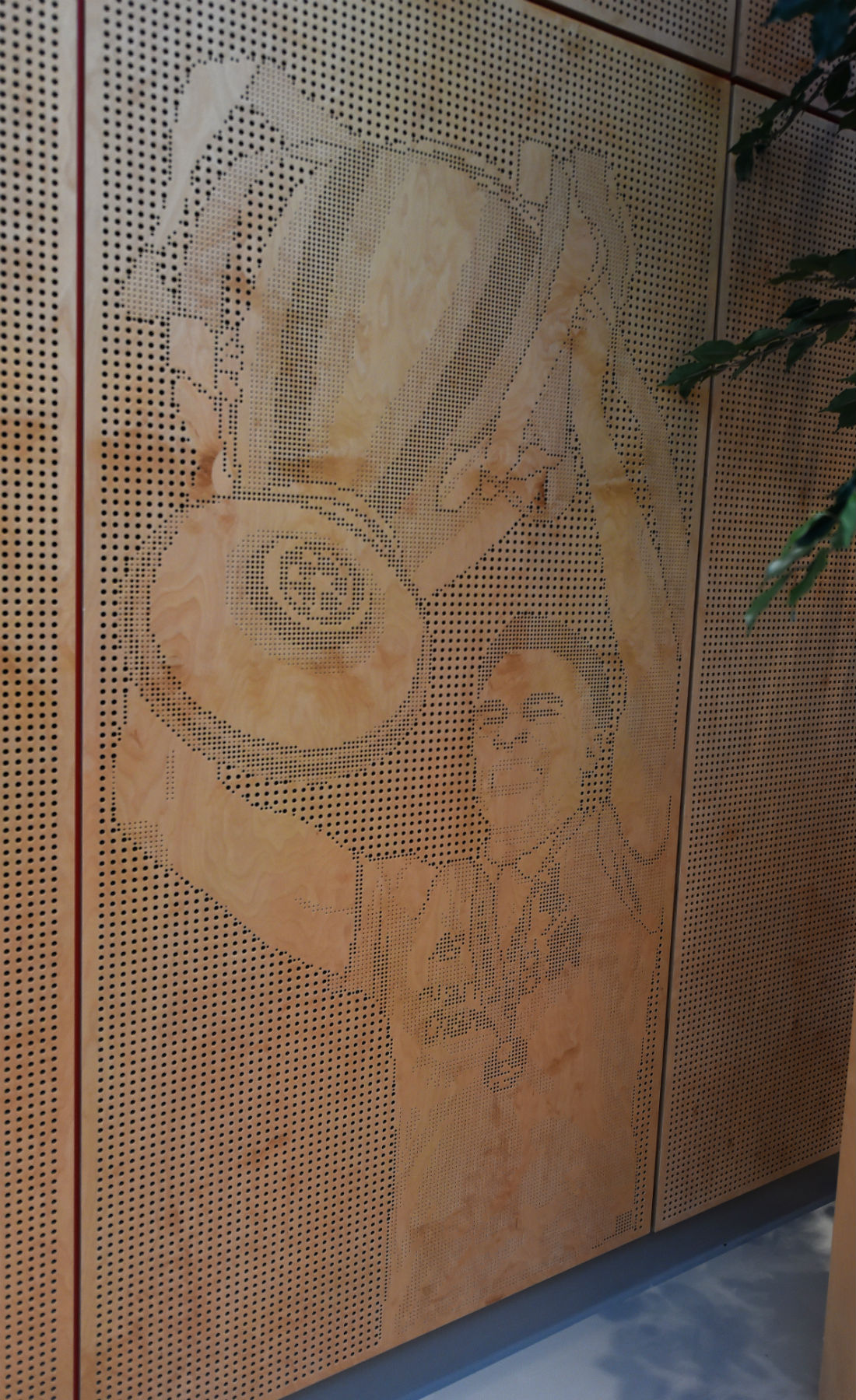
Players making their way in the Academy will be able to see the destination they are aiming for, in the form of the newest building at the Kirkby complex – which is split between the first team and U23s – as they carry out their daily routines.
“Once you get to the new building you haven’t ‘made it’,” noted Edwards. “You are close, but you then need to earn the right to train on the first-team side as the building is split.
“This is the last step and the most difficult one, but with Jürgen here and the culture of the owners you will always have the opportunity to stake your claim if you work hard enough. Looking to the Academy for solutions is something the club will always do.
“The fact that Jürgen can now stand on the balcony here and watch the U23s or U18s train, or walk up to see a game or session outside of training means it can only strengthen relationships and maybe put someone on his radar even earlier than before.
“Since he came in he has had a passion for wanting to know who is next – now he will be able to see maybe that little bit earlier than before.”
Bidding farewell to Melwood was a wrench for everyone who called it home. “Leaving is not an easy decision,” said Klopp. “We leave a place which had a main, main part in the history of this club. But that will never change.”
Purchased by the Reds 70 years ago, it was not always the plush facility it had become by the time its famous front gate closed permanently last week.
Indeed, Bill Shankly declared the training ground ‘a sorry wilderness’ when, upon his arrival as manager in 1959, he observed little more than a wooden pavilion in disrepair and pitches ravaged by bare patches and divots on the site of a former school.
Of course, improvements and expansions occurred exponentially over the decades that followed but, regardless, it was always the people rather than the paint job that made Melwood an iconic venue anyway.
For its most recent residents, the complex was a shared space for overwhelming collective experiences, a place where some of the club’s greatest modern achievements were first plotted and later toasted.
“It’s hard to beat the feeling of when we won the Champions League and we all gathered there before and after the parade. The feeling was incredible and there were so many happy faces,” Edwards reflected.
“Also, not quite on the same level but after we beat Dortmund in the Europa League, the next day there was such a positive energy around the place, we hadn’t won anything but it felt like a turning point to me – that people realised we can do something special here.
“I remember sitting down for breakfast and Jürgen just sat down opposite me with the biggest smile on his face. We didn’t really say much apart from, ‘Wow’, it felt like we had really started our journey.
“People will obviously feel a little sadness from leaving Melwood but we have tried to design the space so people are still together and feel connected.”
And so the future begins today as the first team hold their maiden session at the AXA Training Centre, beginning preparations for the resumption of the Premier League this weekend.
With fixtures so frequent and the next one bringing league leaders Leicester City to Anfield, no less, the reminiscing must fade away and the work the complex was built for – winning matches, winning trophies, developing players – will get under way.
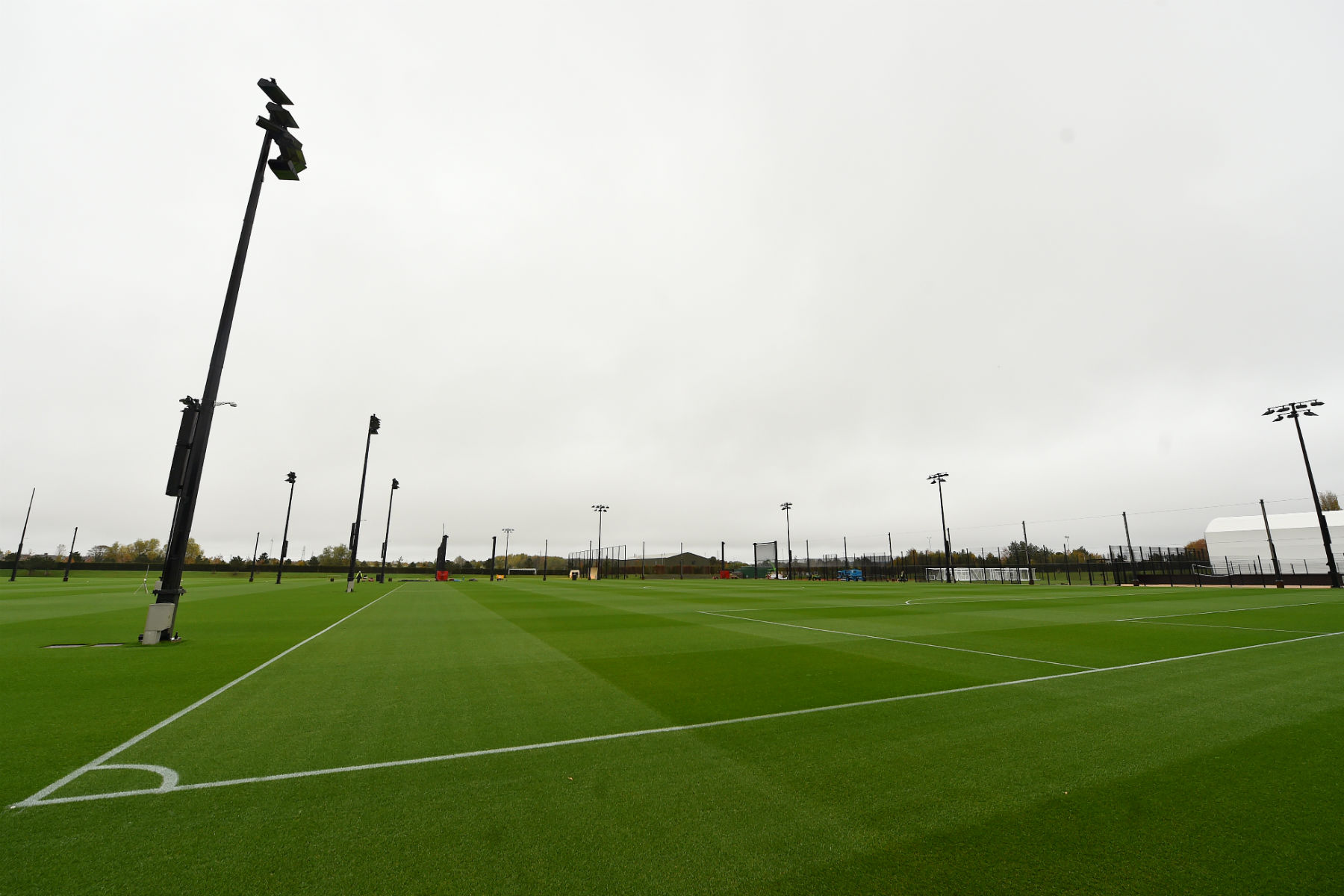
“Naturally, turning the vision into a physical reality is such a good feeling,” said Edwards. “To think that you have been part of the history of the club and helped better people’s environment is very satisfying.
“I think it’s a proud moment for a lot of the staff. Many different people have worked on this project and I hope this building will serve the staff and players of Liverpool for the next 50 years and beyond.
“Melwood was such an iconic place and hopefully Kirkby will become the same.”
A New Beginning: Building the AXA Training Centre - a special documentary detailing the creation of Liverpool's new base and featuring exclusive interviews with Jürgen Klopp, Michael Edwards and key LFC personnel involved in the project - will premiere at 8pm GMT on Friday November 27 on LFCTV. Visit liverpoolfc.com/watch to subscribe.



